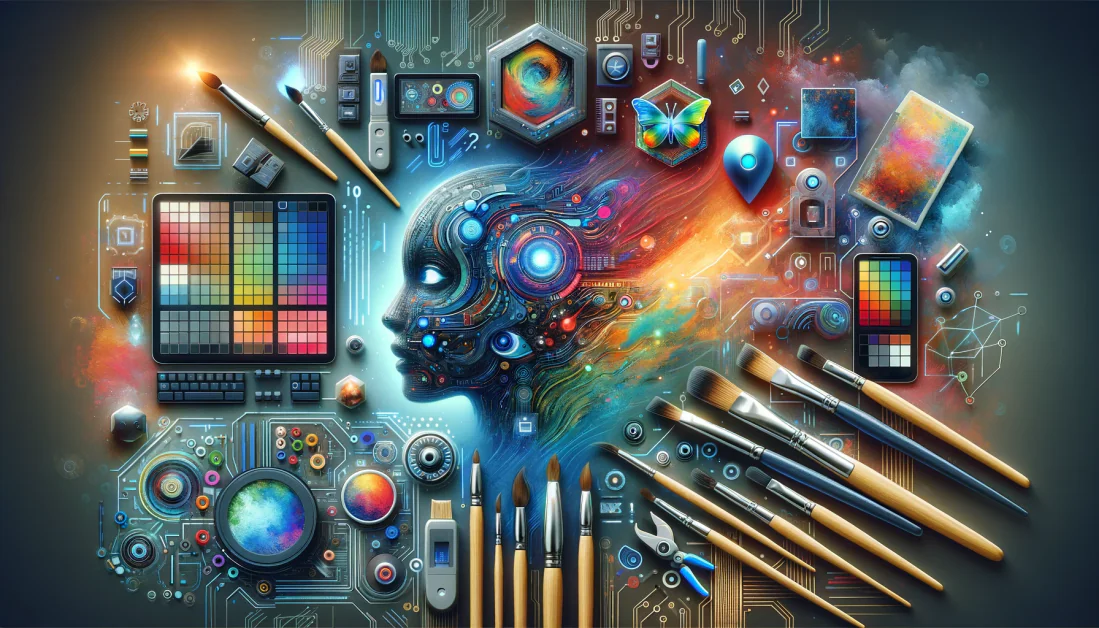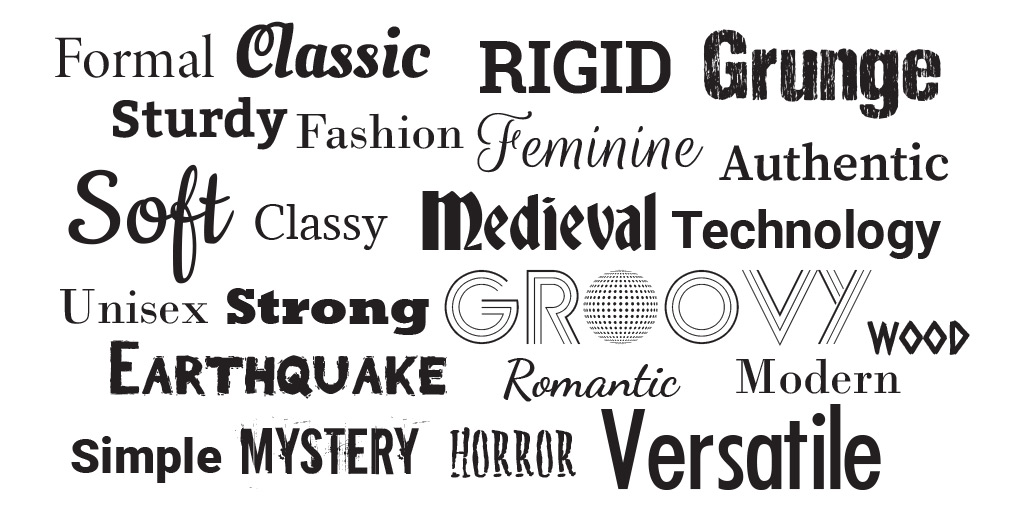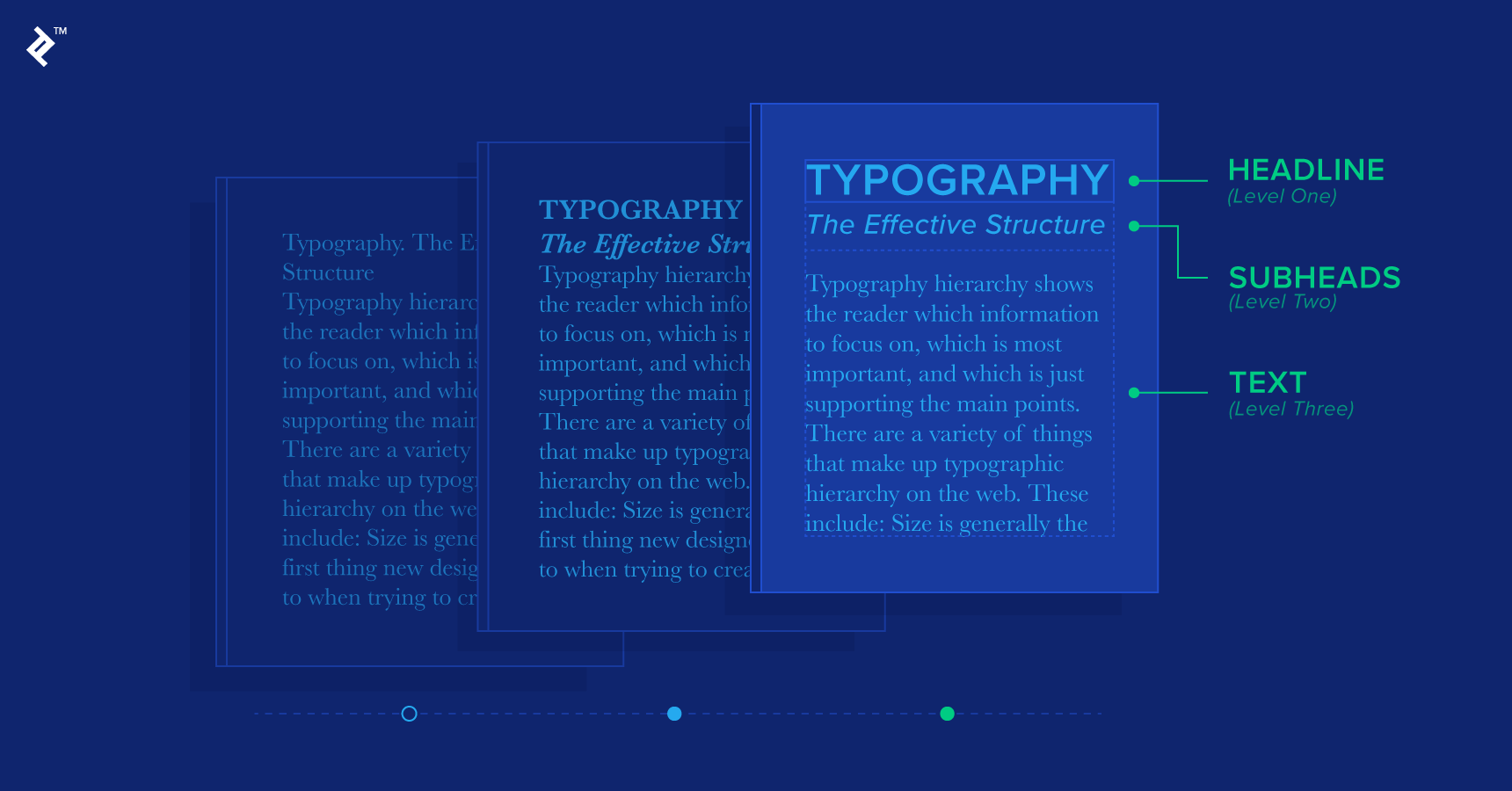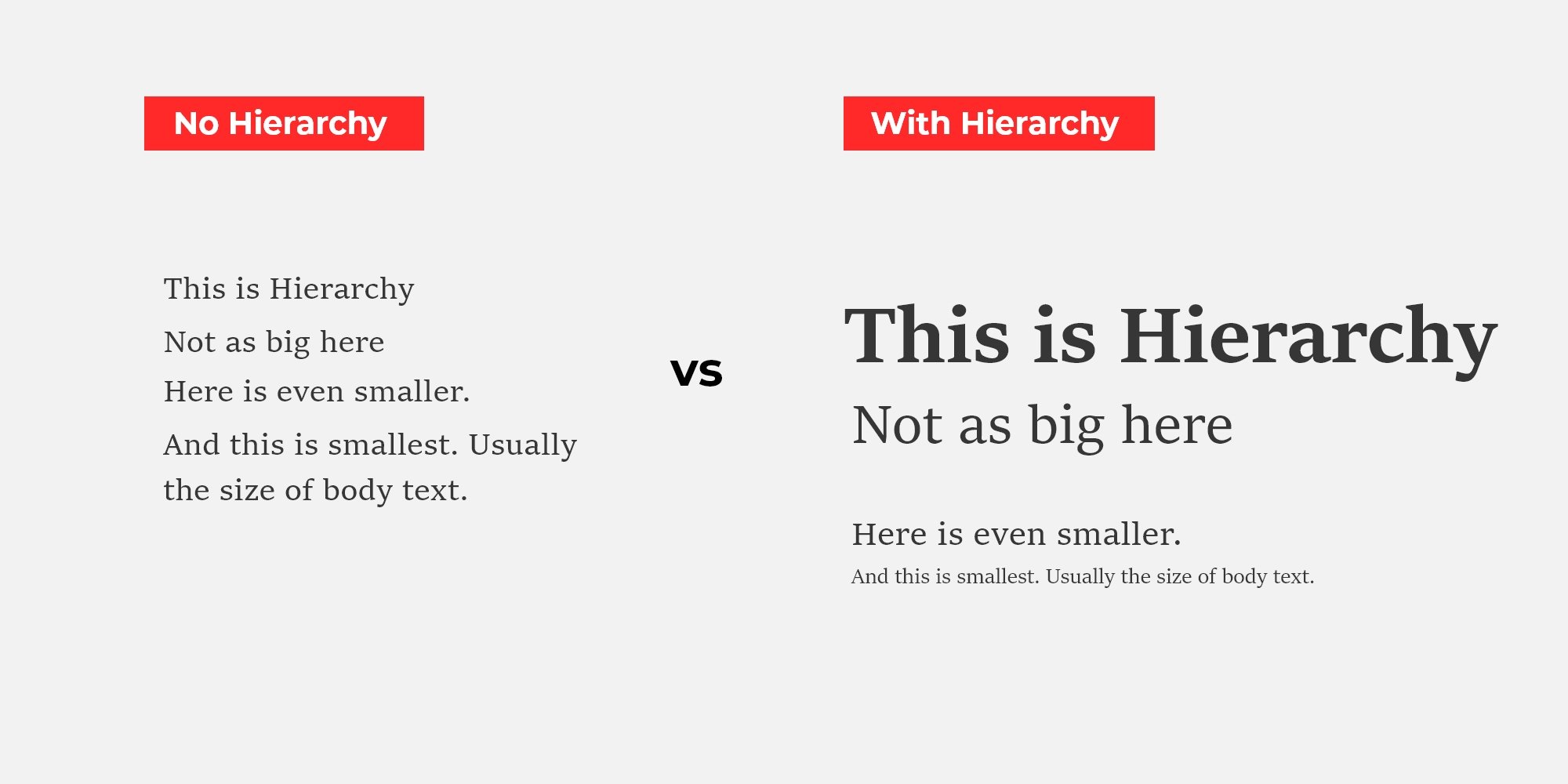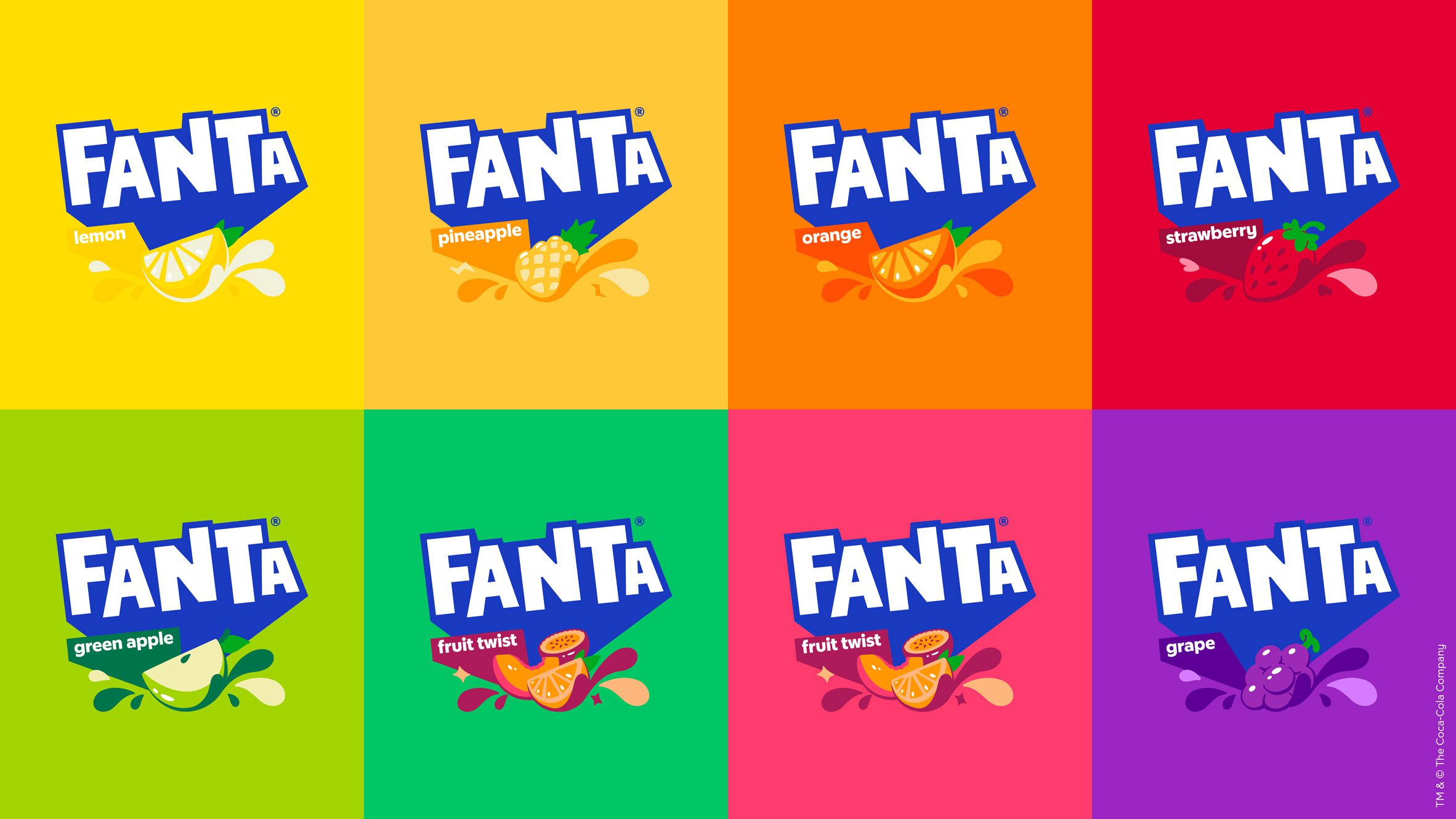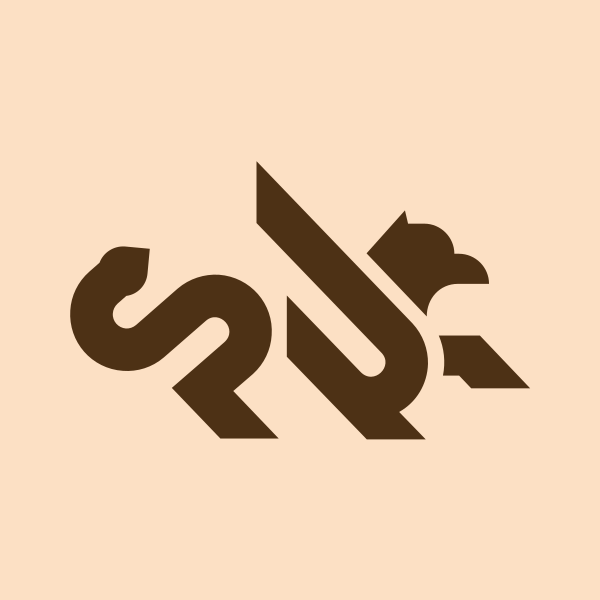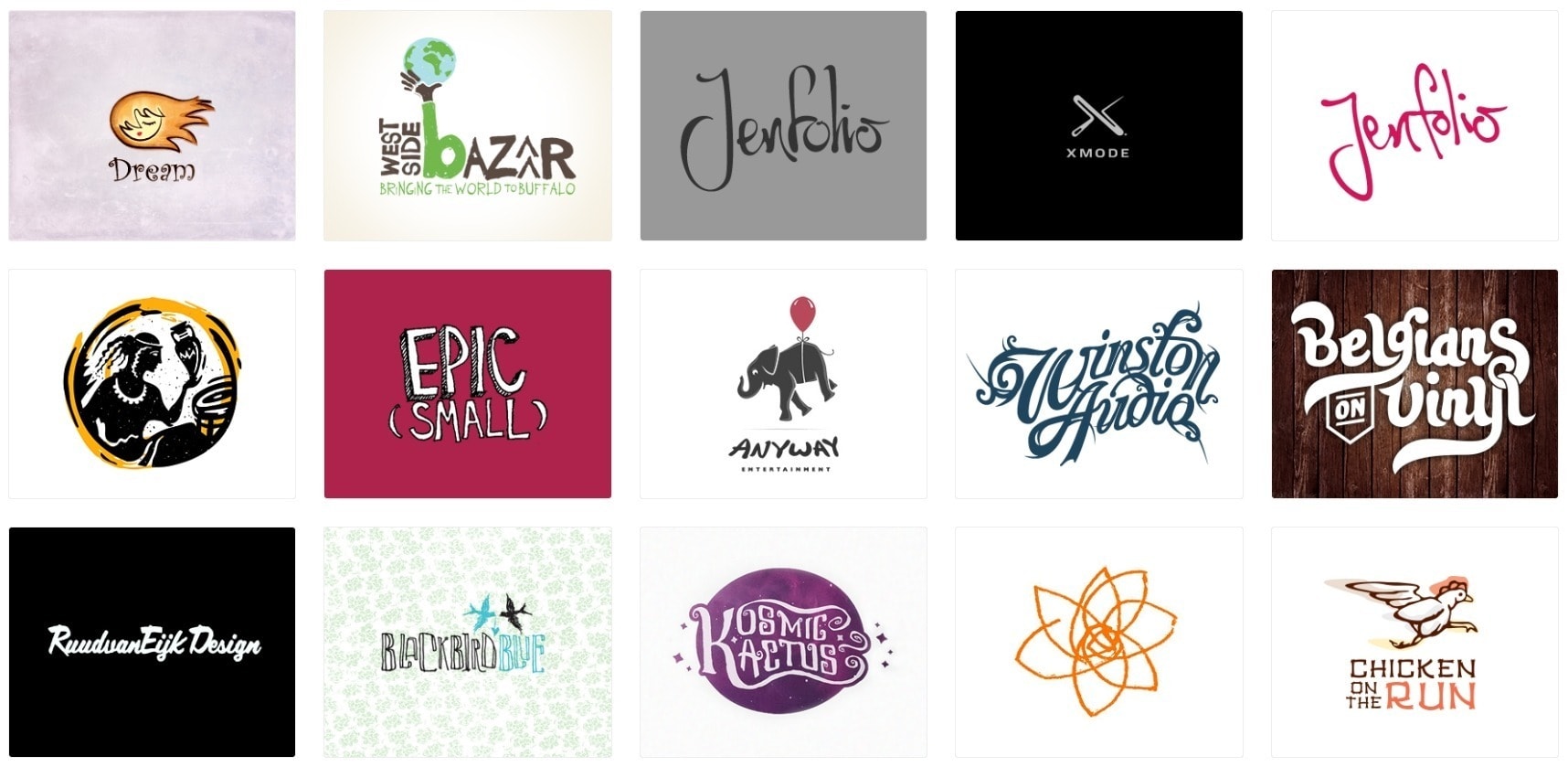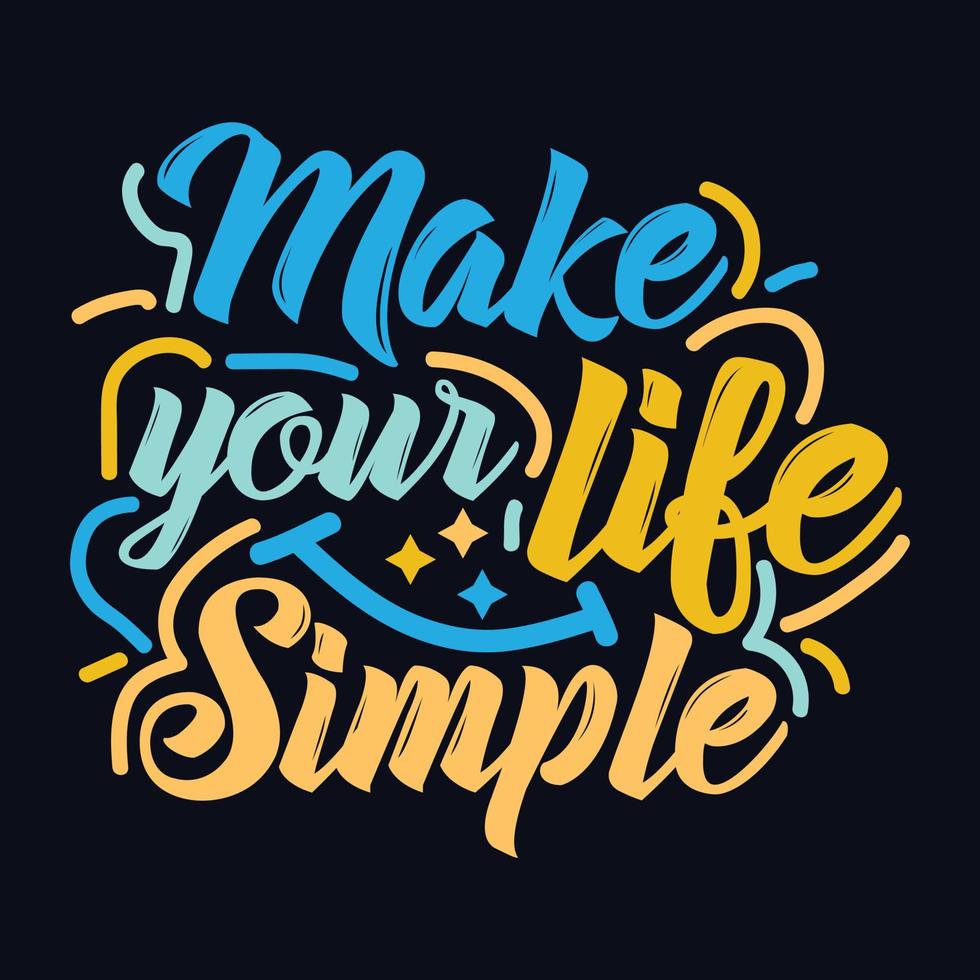DESIGNER
Saturday, July 27, 2024
Logo design daily dose | Day 1|
Thursday, June 20, 2024
How to Create Eye-Catching Social Media Posts in Illustrator
Harness the Power of Social Media!
Saturday, January 6, 2024
How AI affect on graphic design
AI is here to stay and is spreading into more and more areas of our lives. The answer to — or at least some pain relief for — the issues around AI art appears to be new legislation
AI can analyze vast amounts of data and generate unique concepts that might inspire an artist's next masterpiece. It can create unexpected connections between diverse concepts. AI in graphic design will lead to faster workflows with fewer repetitive manual tasks. It will also mean custom designs become more accessible to more users. For designers, it means they'll have more time to focus on the creative process.
But every technology has advantages and disadvantages both.
There are some pros and cons of 'AI' for graphic design.
How does AI-generated art impact creativity?
AI art appears to be a particular threat to digital artists. Part of this is because these creators tend to produce large bodies of content, meaning that datasets will have access to huge amounts of information on their style. However AI-generated artwork has been accused of lacking creativity and artistic depth. There's also the concern about copyright infringement, and some even perceive this kind of art as a devaluation of human talent. It will require the collaboration of human artists to point it in novel directions and determine whether the output is even worthwhile.
Wednesday, January 3, 2024
What is fundamental of typography?

Tuesday, January 2, 2024
What is the trend for logo's for 2024?
Are you looking for new trend in logo art?
It’s not surprising that many brands consider less to be more, with clean and simple logos, and it views typographic logos as likely to remain popular, but with a focus on lowercase lettering. No matter the fonts and typefaces used, lowercase could be king. When the start of a word is in lowercase, our minds are more likely to remember the word as a whole, rather than just the beginning letter.We’re firmly in the social media age, so web design brands has predicted some different logo trends to look out for in the year ahead, and it makes for interesting reading. Some, like minimalism, you may expect based on the trends of the last few years, but you may not have considered some of the others.
2023 saw a range of logo trends, from wide wordmarks to flowing psychedelia to clever use of negative space, with the likes of fanta, Pepsi and Nickelodeon impressing – but what about 2024?
Bright, bold logos are sure to stick in the mind, too, so these are also expected to be popular in 2024. They can be modern, exciting, and full of energy, and look great against both light and dark backgrounds.
Illustrative typography is another trend, describing it as an art form. This can involve using letters to make more complex or detailed shapes, o creating monograms. There is an examples of companies changing the letter “o” in their names to make them look like tyres and craft businesses making the letters in their names depict craft equipment.
We could be looking back to the past, too. This is nothing new, of course, with the likes of Nickelodeon and Burberry turning back the clock when it comes to their new logos, but the trend isn’t thought to be going away any time soon, with brands combining old and new to great effect. Consider vintage-style logos that incorporate modern, bold colors
The final prediction is that logos will be “intentionally flawed” in 2024. This might be in the form of hand drawings and logos that have clearly been worked on by humans – perhaps a response to the emergence of AI? Broken and distorted fonts are also on the rise, as are DIY punk aesthetics, signifying an increasing focus on individuality in the face of big tech and large corporations.
What is Graphic Design?
Graphic design is a fascinating field that encompasses a wide range of creative disciplines. It is the art of visual communication, where designers use various elements like typography, images, and colors to convey a message or tell a story. From the logos we see on products to the billboards that line our streets, graphic design is everywhere in our daily lives.
At its core, graphic design is about problem-solving. Designers are tasked with finding innovative and visually appealing solutions to communicate a specific idea or concept. They must consider the target audience, the purpose of the design, and the desired outcome. Whether it's creating a website layout, designing a magazine spread, or developing a brand identity, graphic designers play a crucial role in shaping how we perceive and interact with visual information.
Typography is a fundamental aspect of graphic design. It involves selecting and arranging typefaces to enhance readability and evoke certain emotions. The choice of fonts can convey a sense of elegance, playfulness, or professionalism, depending on the intended message. Additionally, designers must consider factors such as font size, spacing, and hierarchy to ensure that the text is easily legible and visually appealing.
Typography is also a key element in graphic design. The choice of fonts and how they are used can greatly influence the overall tone and readability of a design. Fonts can convey a sense of elegance, playfulness, or professionalism. It's important to select fonts that are legible and appropriate for the intended audience and purpose of the design.
Color plays a significant role in graphic design as well. Different colors evoke different emotions and can greatly impact how a design is perceived. Designers must consider color theory and the psychology behind different hues to create harmonious and visually appealing compositions. The strategic use of color can help convey a brand's personality, create visual interest, and guide the viewer's attention.
Composition
One of the basic fundamentals of graphic design is composition. It involves arranging various elements within a design in a way that is visually pleasing and balanced. The placement of these elements can greatly affect the overall impact and readability of the design. A well-composed design will guide the viewer's eye smoothly across the page, leading them to the most important information or focal point.
Color Theory
Another important aspect of graphic design is color theory. Colors have the power to evoke emotions and convey meaning. Understanding how different colors interact with each other is crucial in creating harmonious and visually appealing designs. Whether it's using complementary colors to create contrast or selecting a color palette that aligns with the intended message, color plays a significant role in graphic design.
Another essential element in graphic design is Imagery. Designers use photographs, illustrations, and other visual elements to enhance the overall message of a design. They carefully select and manipulate images to create a specific mood or evoke certain emotions in the viewer. Whether it's a striking photograph or a whimsical illustration, the right image can make a design truly memorable.
Lastly, graphic designers must consider the overall layout of their designs. This involves organizing and structuring the various elements in a way that is visually pleasing and easy to navigate. A well-designed layout will ensure that the information is presented in a logical and coherent manner, allowing the viewer to easily understand and engage with the content.
In conclusion, the basic fundamentals of graphic design revolve around composition, color theory, typography, and layout. By understanding and applying these principles, graphic designers can create visually compelling and effective designs that effectively communicate their intended message or idea.
Hope you like my article, If yes please follow my blog.😃😃
Logo design daily dose | Day 1|
A deer logo is a powerful symbol in design, embodying various attributes that can enhance a brand’s identity. From its elegance and grace to...

-
Are you looking for new trend in logo art? It’s not surprising that many brands consider less to be more , with cl...
-
Harness the Power of Social Media! In today's digital age, social media isn't just a platform—it's a game-changer. 🚀 Whether yo...
